The most noisy animals on the planet
After the exciting discovery of the last penile water bug, is order of the most noisy animals in the world reordered? Let's face the most noisy 'knights' in nature according to National Geographic magazine.
Ocean singer, planetary singer

Blue whale is the most noisy of all known animals, with a volume of up to 118 decibels. Blue whales do not sing complicated 'songs' like humpback whales, but their low-frequency cries - below human hearing can be recognized from more than 805 kilometers away. Calculations since the 1970s by two scientists Roger Payne and Douglas Webb have guessed, the whale's singing can spread across the ocean.
Blue whales 'sing' louder than jets (140 decibels in volume). The loudest screams of humans only reached over 70 decibels. While the sound threshold for human ear pain ranges from 120-130 decibels. Several years ago, researchers found that whales are reducing the frequency of singing times.
The most noisy terrestrial species
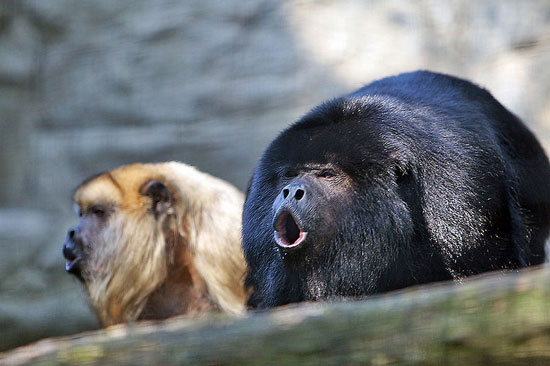
Shouting monkeys are the loudest terrestrial animals. The large population of this species lives in South American rainforests. Some people thought that their screams were actually more like roars, and could be heard from 4.8 kilometers. The volume of screams of monkeys measured from 5 meters up to 88 decibels, near the sound emitted when the subway was running on the track (95 decibels). The monkey screams just behind the blue whale about the sound volume it creates.
Research has shown, monkeys shout 'scream' with a U-shaped bone in the animal's throat. This bone doesn't really hook with any other bone, so it just seems to hang there. That exaggerated bone forms a throat pouch that resonates with the scream before it breaks out of the animal's mouth.
Monkeys shout for different purposes, shouting to announce the location, to protect the territory, to protect you, but people still don't know their 'vocabulary'.
Going to sleep is still noisy
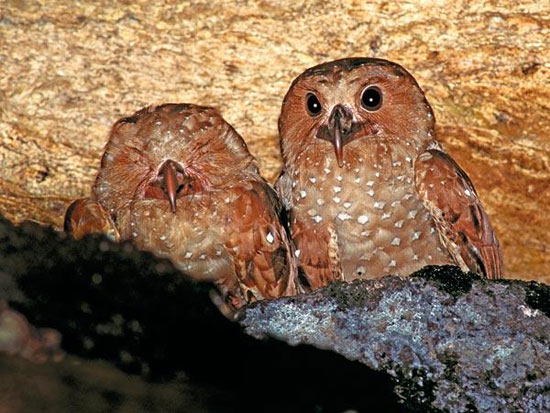
When the oil bird (oilbird) returns to the nest is the cave to go to sleep, the crowd of the most noisy birds ever known can make you deaf. Oil birds use echolocation to find their way in completely dark caves. However, unlike the cries of bats, the squawks of oil birds are in the threshold of human hearing. Each bird can make a sound of up to 100 decibels measured at close range, including a group of thousands of oil birds resonating sound to a terrible level.
Oil birds seem to use echolocation only when inside houses are caves that do not use them in night food searches. This is possible because their sensitivity is not high. A scientific experiment showed that oil birds stab their heads straight into 10-centimeter-wide plastic discs, but they could avoid 20-centimeter-wide and wider disks.
The king roared with amphibians
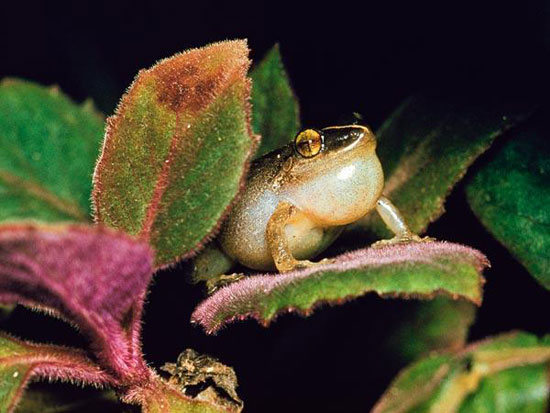
Only the males of the popular coqui are singing and their singing has recorded up to 100 decibels (measuring 1 meter away), helping them to win the once-known amphibian king. The singing of this nocturnal frog has two meanings: to announce territory to other males and to attract females.
In native habitat in Puerto Rico, coqui clones are considered to be part of the island's natural heritage. However, in Hawaii, people often suffer from sleepless nights because of the noise gathered by the clones, as if people are turning on a lawn mower for it to work all night, according to the Hawaii Department of Agriculture (USA). ).
The most loud noises are caused by living creatures
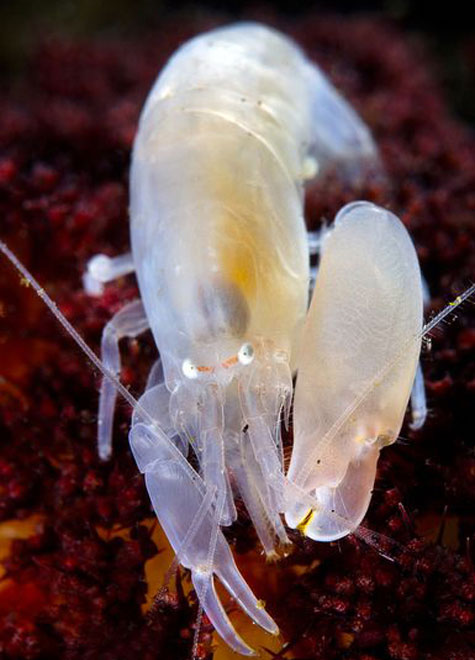
The prawns shoot without singing, not singing, not screaming, not whistling, but simply create the most loud noise ever created by living creatures. The noise of shrimp shooting enough to "cover" the submarine from the supersonic system to detect submarines.
Shrimps shoot guns as a "stunned" prey by rapidly closing its special pairs to fire water taps at speeds of 100km / h, creating a low pressure air bubble behind. The air bubble creates a mini explosion with a volume of 200 decibels, which faints the prey and kills its prey.
Amplification of singing with homemade speakers

Gryllotalpa vinae is the most noisy insect. This cricket species uses its specialized front legs to dig loudspeaker-shaped caves. Standing inside the dug loudspeaker, the crickets could sound big enough for a person standing 600 meters away to hear.
The recorder is located 1 meter away from the top of the cricket, which has recorded a sound volume of up to 92 decibels, larger than the lawn mower volume. In fact, G. vinae has 'played space' when using the dug cave so that it can actually excite itself from the body, converting its 30% energy into amplified sound.
Causes noise thanks to the penis
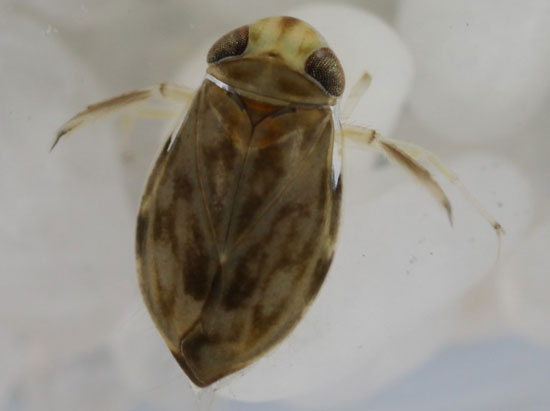
Although it is not the most noisy in nature if it is based on pure decibels, the Micronecta scholtzi actually creates the loudest sounds of its body size, according to the announcement. science in PloS ONE magazine earlier this month.
Experts and evolutionary biologists in Scotland and France recorded the "singing" of a water bug just as big as a grain of rice with a magnitude of 105 decibels, equivalent to the sound of a sledgehammer beating in a distance. arm span. Although the sound quality from the bottom of the pond has decreased much when reaching the water surface, the 'lyrics' of the water bug is still big enough for a person standing on the edge of the pond to hear.
Significantly, water bugs make noise by rubbing the penis into the abdomen, the same process as the "singing" crickets. Making noise with an external genitalia is relatively rare in the animal kingdom but animals have evolved hundreds of different ways to amplify their 'singing' sound.
- Animals have the longest tongue on the planet
- 10 most intelligent animals on the planet
- High-risk 'monsters'
- Jews teach children to be noisy like a broken market
- Pigs have sharp claws and swim very good at shocking
- 10 most dangerous animals on the planet
- Science explains the difference between humans and animals
- The most exotic animals on the planet
- A species of 'deaf ear frog' was discovered in Ecuador
- The most Earth-like planet shows up
- Awarding an Oscar for animals
- This is why octopus is recognized as the most monstrous creature on the planet
 Animal 'suffering' after hibernation
Animal 'suffering' after hibernation Why do goats climb well?
Why do goats climb well? Scientists were surprised to see chimpanzees eating turtles
Scientists were surprised to see chimpanzees eating turtles Giant catfish died deadly due to drought in Thailand
Giant catfish died deadly due to drought in Thailand